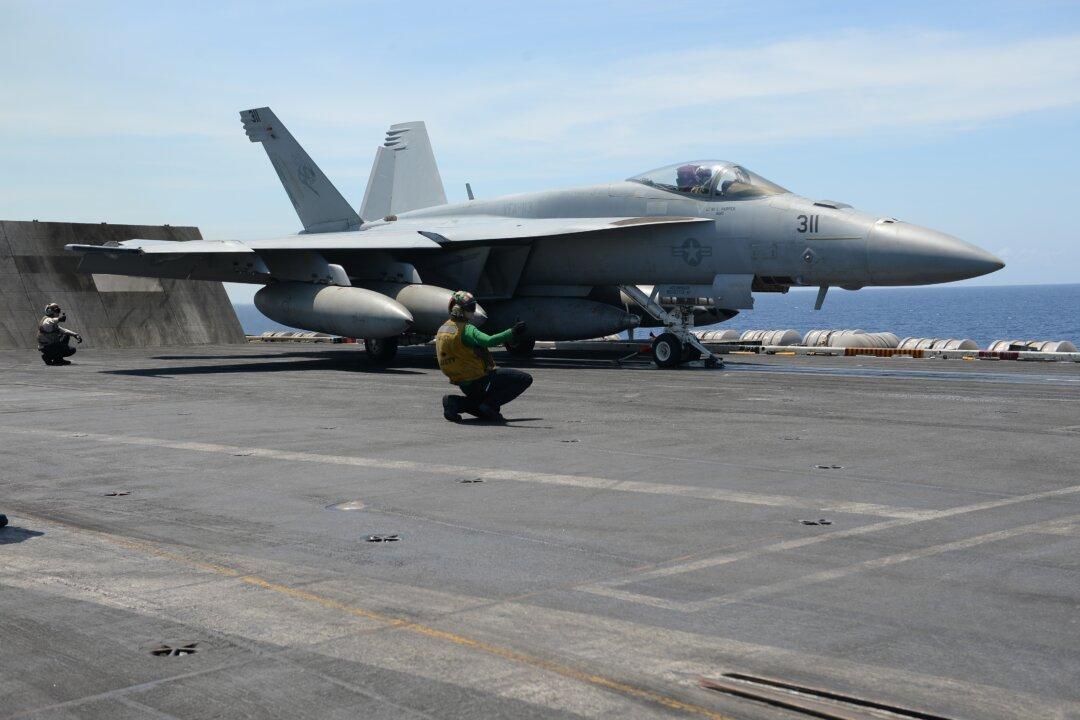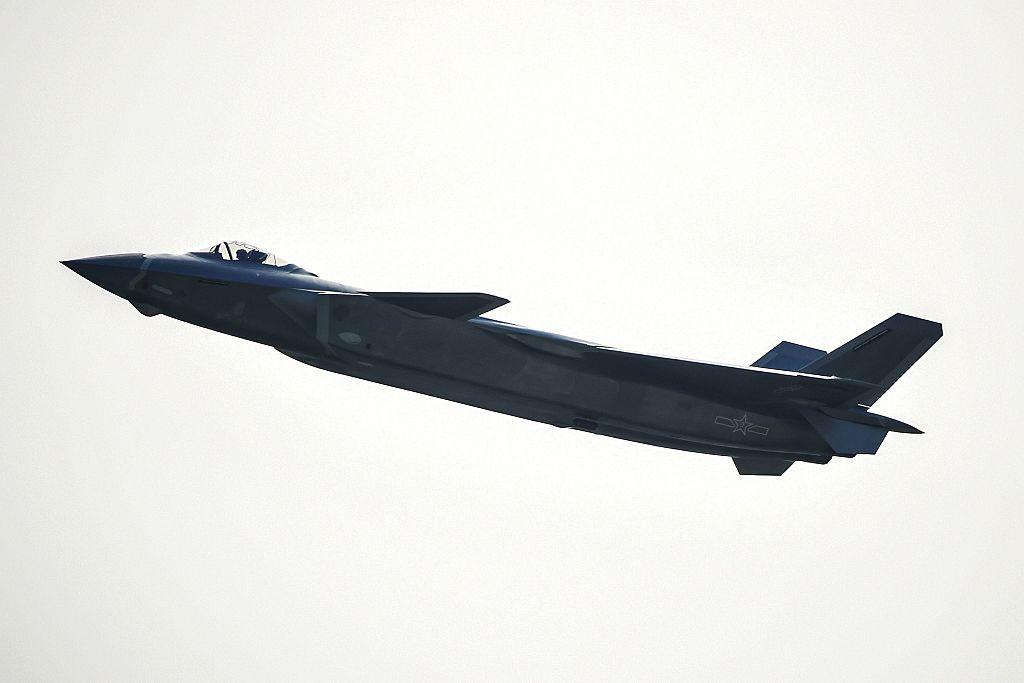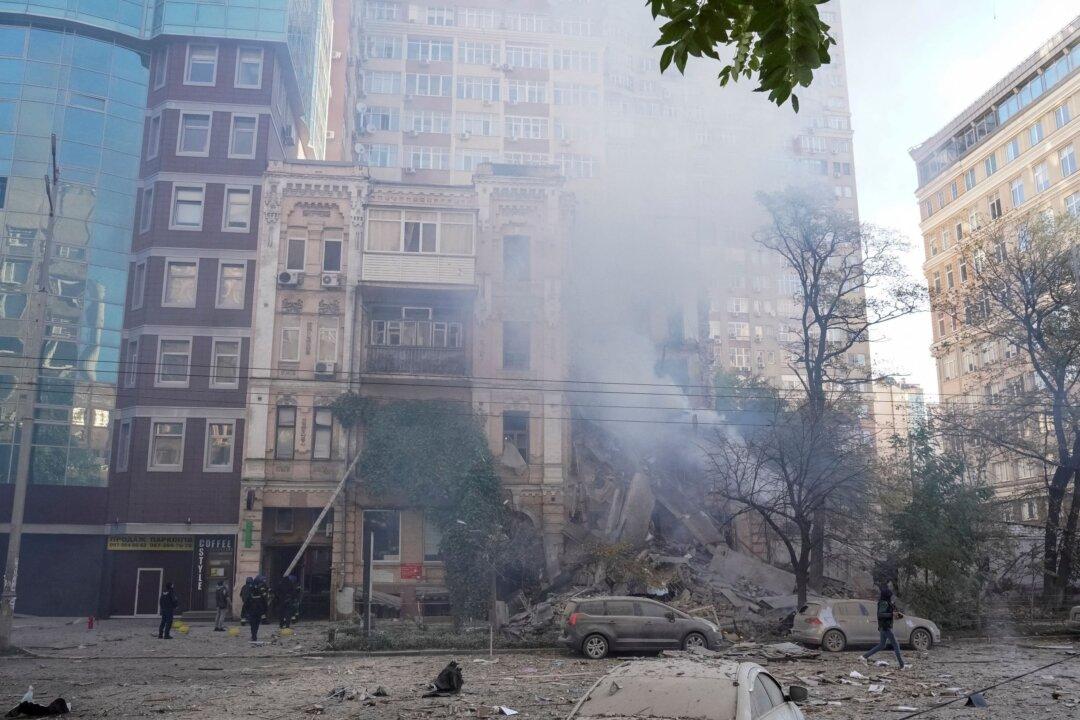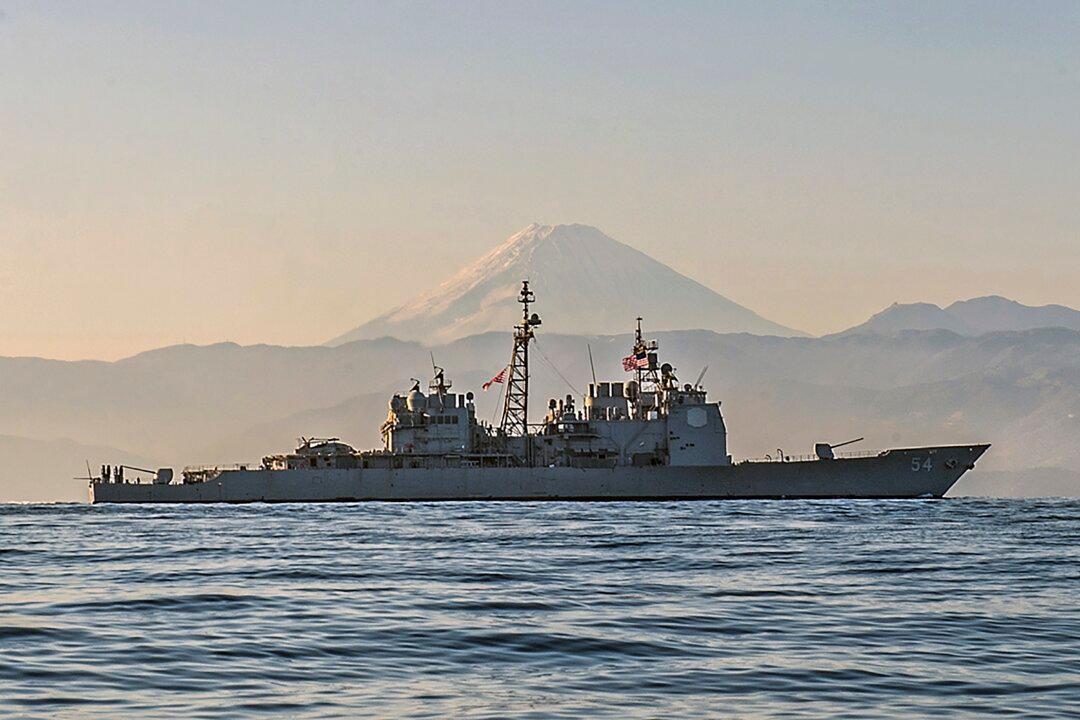Commentary
I think it’s more than fair to say that the United States doesn’t have a Taiwan policy. Believing in strategic ambiguity, which is what many in the administration and a lot of so-called smart scholars think is a policy, definitely doesn’t measure up as one.





